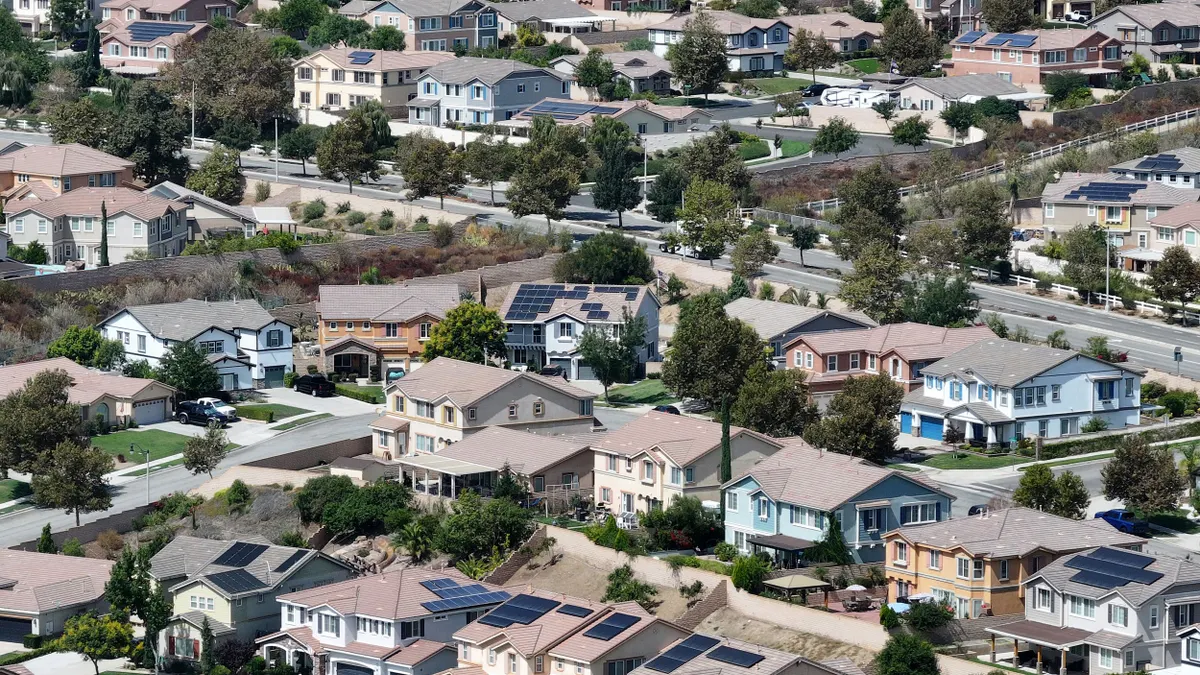The following is a contributed article by Kenneth Schisler, vice president of regulatory affairs at CPower Energy Management.
Last month, the Federal Energy Regulatory Commission (FERC) announced that it will review the demand response (DR) "opt-out" rule, a 2008 Order that gave states the final say about whether aggregators of retail customers can participate in Regional Transmission Organization (RTO)/Independent System Operator (ISO) demand response (DR) programs. The rule has been misunderstood and misapplied from its inception, and should be repealed. Nevertheless, there is a vital need for state commissions and FERC to work together to encourage demand response, each respecting its own regulatory jurisdiction.
The DR opt-out is a curious rule: explicitly giving each state a veto over the application of a federal regulation in that state. This is not normally how our federal system works, which is why it's important to understand the context under which it was passed.
When the opt-out rule was approved in 2008, the transition to retail competition had recently taken place in a number of states. At the same time, competitive wholesale RTO/ISO markets were expanding and maturing. By extension, FERC was expanding its influence including with the Midcontinent Independent System Operator (MISO) and Southwest Power Pool (SPP) markets, which were, as they are now, dominated by traditionally regulated markets at the state level. Meanwhile, today's version of dispatchable DR participation in wholesale markets had successfully launched in the Eastern U.S. RTOs/ISOs and in California, regions where retail restructuring policies had flourished.
FERC adopted the opt-out rule as a way of demonstrating good faith that it was not seeking to usurp state jurisdiction, and as a way of quelling any perception that FERC was pushing states toward retail competition policies. It was assumed that states would be supportive of wholesale DR if given the right to decline participation due to interference with their state's retail policies. FERC assumed that states would see the benefits of wholesale market DR, and use the opt-out tool reservedly, if at all. This was a major miscalculation.
Despite FERC's nod toward cooperative federalism, non-restructured states saw the exercise of the opt-out rule as a bulwark against retail deregulation. Virtually every state that had not passed deregulation laws opted out. The opt-out states that felt compelled to reject demand response aggregation to preserve their retail jurisdiction feared that if they allowed it, FERC would not permit a subsequent opt-out. It is important to note that wholesale market DR participation in virtually all of the states that opted out was essentially non-existent prior to the Order. FERC didn't require states to identify retail policy conflict to make any specific findings in order to opt-out. They just opted out.
Notable exceptions to the opt-out stampede were West Virginia and Vermont, states that never deregulated but have had vibrant wholesale market DR participation in PJM and in ISO-New England, respectively. As these states demonstrated, there is nothing about DR participation in RTO/ISO markets that is inconsistent or interferes with traditional retail regulation of utilities. The difference for West Virginia and Vermont was that wholesale DR was active before Order 719, and state regulators understood that wholesale DR had not created a problem or encroached upon their retail jurisdiction. More than a decade after the Order was approved, almost nothing has changed. With the exception of a very narrow change in Michigan, no state that opted out later has since opted back in, or vice versa.
The opt-out states have missed the opportunity to develop retail DR programs that work in harmony with wholesale DR to create value from both approaches. In the meantime, many states that allow DR aggregation have developed retail programs that not only leverage the wholesale programs, but work in tandem with them to deliver more value than could be created if only-wholesale or only-retail DR programs were available.
States have important regulatory responsibility and an essential role in our system of federal-state regulation. States have regulatory jurisdiction over resource adequacy in their states, and in this regard, have plenary authority to ensure the resource mix meets resource needs to direct their energy future. In this regard, eliminating the opt-out will allow states to incorporate DR opportunities in resource planning, something that no doubt will be of benefit to customers.
States also have responsibility for consumer protection and authority over access to utility meter data and policies that ensure cooperation between aggregators and regulated utilities serving retail customers. In fact, to be successful, aggregators need the cooperation of state commissions in order to efficiently provide customers with DR and energy management services. State commissions have complete jurisdictional authority over retail demand response programs. This means they can determine whether aggregators can participate in those programs and use their regulatory authorities to ensure that aggregators treat customers fairly and demonstrate a Good Utility Practice.
The opt-out rule was misunderstood as a way to preserve retail regulatory authority, when in fact there is nothing about wholesale DR programs that diminishes the role and authority of state commissions. FERC should eliminate the opt-out rule because it is a market barrier that has served no useful purpose in more than a decade.
States continue to have ample retail regulatory jurisdiction and protections to ensure safe, reliable, affordable electricity service for customers. As FERC moves forward to improve regulation of DR and distributed energy resources under its jurisdiction, states can seize the opportunity to develop retail policies that unleash the potential on the demand side in both the retail and wholesale markets to increase reliability and efficiency, reduce costs to serve, and foster innovation.






















